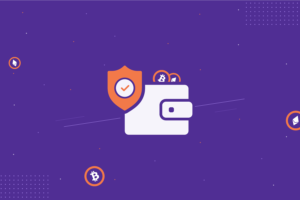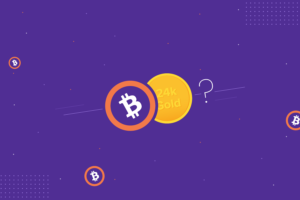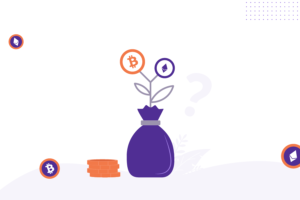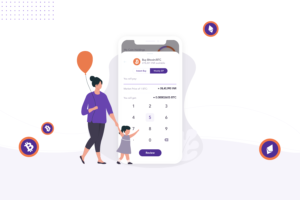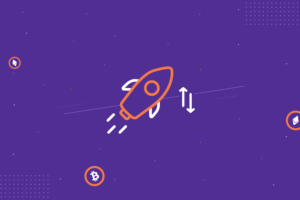The foundation for a digital future
The Ethereum network improves upon the Bitcoin blockchain idea, adding new features that make it even more widely usable. Both offer digital money, but Ethereum was built with more than just payments in mind.
This is made possible by adding smart contracts to the network. These are pieces of code that allow for conditions to be programmed onto the blockchain, and automate the control of digital transactions.
Let’s say Amol agreed to pay Binita ₹50 lakh to buy her car.
They would agree to a contract, that would then be added to the blockchain:
IF: ₹50 lakh is transferred from Amol’s wallet to Binita’s wallet
THEN: Registration of Binita’s car will be transferred to Amol
ELSE: Contract is void
This feature makes Ethereum much more versatile in how it can be used.
To put it simply, Ethereum is a community-built network, with a programmable blockchain on which you can build financial services, apps and games – anything you want!
If all of the crypto world was a city, Ethereum would be the roads and railways, the power grid that helps everyone get things done.
Ether is the currency of the Ethereum network and the fuel that keeps its engines running.
First off, ETH is divisible up to 18 decimal places so you don’t ever have to buy 1 whole ETH. You can buy fractions at a time – as little as ₹ 100 at a time – 0.00059 ETH.
Because Ethereum is programmable, developers can shape ETH in new ways every day.
In its infancy back in 2015, all you could do with ETH was send it from one account to another. Today, you can:
- Pay someone or receive funds in real time.
- Trade ETH with other tokens including Bitcoin.
- Earn interest on ETH and other Ethereum-based tokens.
- Get stablecoins and access the world of cryptocurrencies with a steady, less-volatile value.


